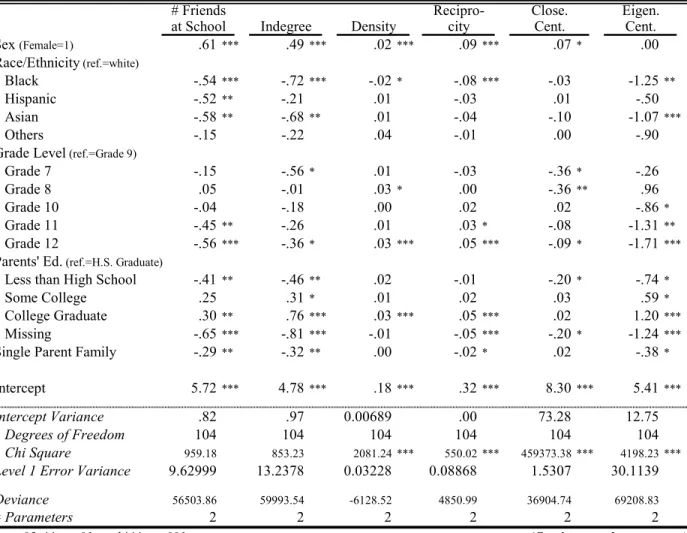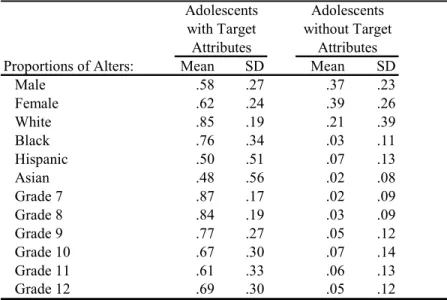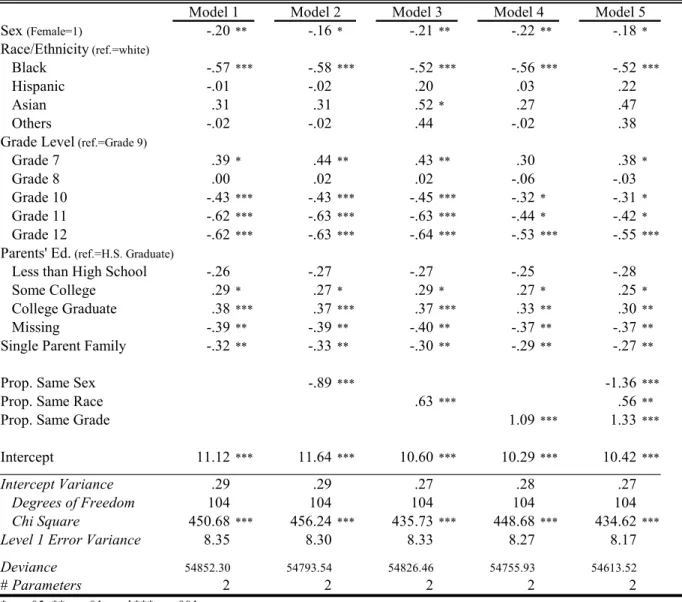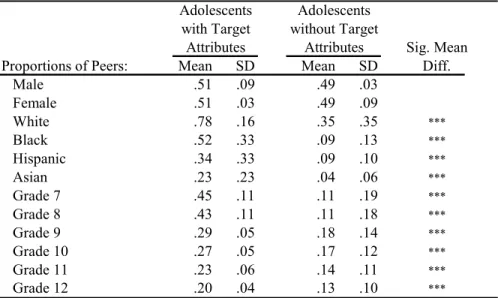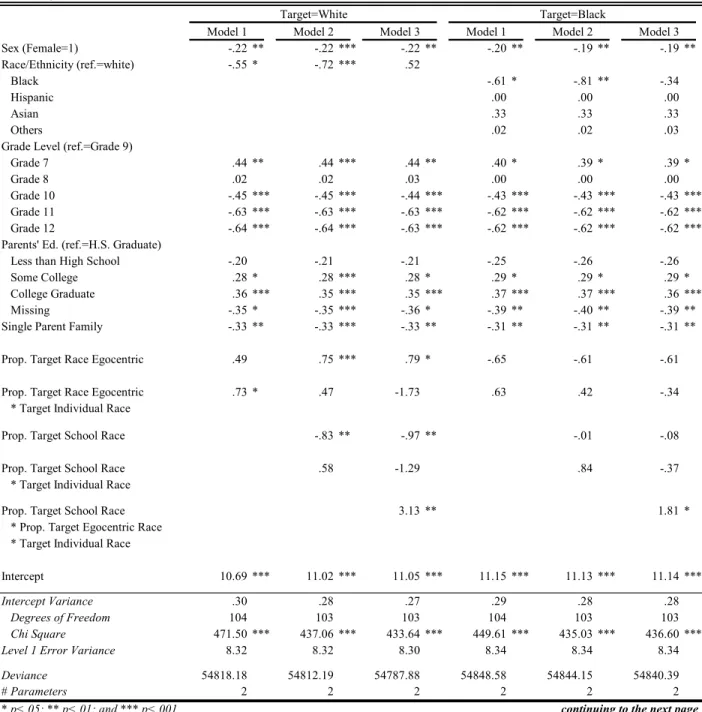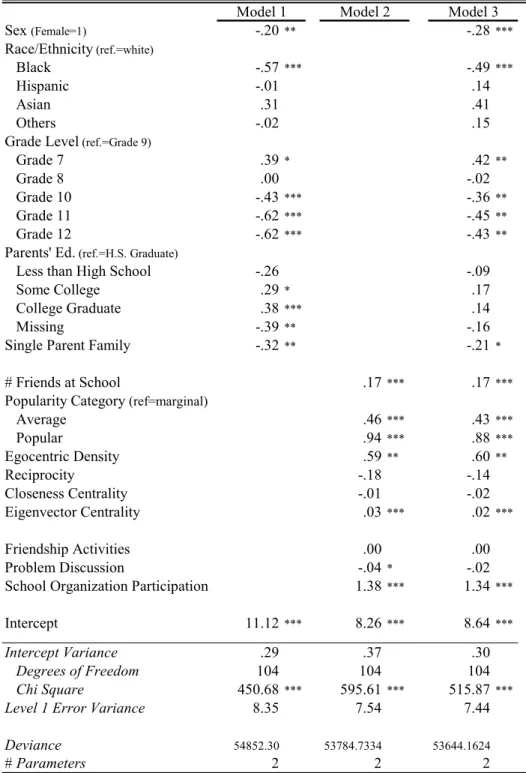Drawing on these early and contemporary studies, I distinguish between network, behavioral and affective/cognitive aspects of social integration and suggest how these aspects relate to each other and influence mental health. In the United States, Faris and Dunham (1939) conducted the first major epidemiological study in the United States to suggest a causal relationship between lack of social integration and mental health. Some authors have developed more specific concepts that may explain the mental health benefit associated with high degrees of network and behavioral integration.
There are few studies that directly measure affective/cognitive integration constructs and examine their effects on mental health. As indicators of affective/cognitive integration, these concepts are used to explain the capacity of network and behavioral integration to promote mental health. In other words, some researchers do not conceptually distinguish between social integration and mental health.
Sociological studies of mental health typically use large data sets, but studies in adults have shown that the general degree of social integration at the organizational level can promote mental health beyond the effects at the individual level. For minority adolescents who are not necessarily experiencing poorer mental health (e.g., Black adolescents in terms of depression), friendships may be.
In sum, examining minority characteristics will contribute to a better understanding of how network composition influences affective/cognitive integration and mental health.
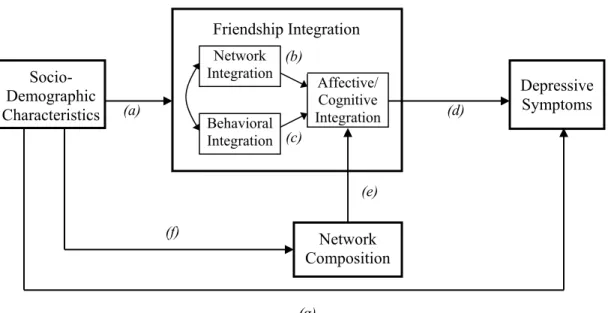
Higher degrees of integration into friendships should be associated with fewer depressive symptoms. In terms of the network dimension of friendship integration,
Extending this argument, minority youth should experience greater mental health benefits for a given level of friendship integration. Third, as noted above, the ability of similar friends and peers at school to increase affective/cognitive integration and promote mental health has been demonstrated in previous research only for Black children and youth. However, having friends and peers who share the same minority status may have different meanings and thus different consequences for mental health in minority groups.
Contemporary sociological research has mostly focused on individual-level analysis and has shown that socially isolated individuals have poorer mental health than those who are integrated. From these studies I distinguished between network, behavioral and cognitive/affective aspects of social integration. Developmental theories are useful and necessary to explain how friendships contribute to adolescent mental health.
Like sociologists who examine the relationship between social integration and mental health, developmental psychologists tend to view friendships positively and focus on the ability of friendships to contribute to adolescents' psychological development, but they emphasize that the need for intimacy unique to this age group motivates the formation of friendships. and management. There has also been very little research examining the psychological impact of behavioral and cognitive/affective aspects of adolescent friendships, but the existing studies have.
The effects of network and behavioral integration on depressive symptoms should be mediated by affective/cognitive integration. Although previous
Previous studies are mainly based on cross-sectional data and observed causal directions.
Greater degrees of integration at the school level should be associated with fewer depressive symptoms beyond the effect of individual-level integration. Previous
Specifically, minority attributes (Black, Asian, Hispanic, and low socioeconomic background) should be associated with lower degrees of integration. Some adult studies reported the socio-demographic patterns of social integration, but youth studies have paid little attention to these individual characteristics. It is important to demonstrate lower levels of integration among young minorities because it may explain their poor mental health.
This hypothesis was originally developed by Rosenberg (1979) to contrast black students in black-dominated schools and black students in other schools. It is likely that the principle applies to other socio-demographic groups, but very little research has been done. We also know little whether the principle works in a smaller context of egocentric networks.
Adolescents can benefit from having friends, as well as school peers, who share socio-demographic attributes.
METHODS
The other half of the mediation process (i.e., the relationship between . affective/cognitive integration and depressive symptoms; path d in Figure 1.1) will be examined in Chapter 4. In the last set of analyzes of this section, I examined whether characteristics of school-level networks were associated with depressive symptoms. The number of friends at school was negatively related to depressive symptoms, but the number of friends outside of school and non-participating friends was positively related to depressive symptoms.
I looked more closely at the relationship between number of friends at school and depressive symptoms by calculating the mean CES-D score for each number of friends at school. In this analysis, I was particularly interested in whether the number of friends at school had a linear relationship with depressive symptoms. One must consider the following questions when interpreting the linearity of the relationship between the number of friends at school and depressive symptoms.
Thus, the relationship between the number of friends and depressive symptoms could have shown a curve after ten friends if there had been no limitation in the number of nominations. 30 The slope is based on a hierarchical linear model, which included the number of friends at school as the only predictor of depressive symptoms. I first used bivariate models to examine the association between each of the network variables at the school level and depressive symptoms at the individual level.
As expected, adolescents who participated in school organizations and those who had a strong sense of belonging to school experienced fewer depressive symptoms. As expected, sense of connectedness to school was negatively related to depressive symptoms, and to some extent also mediated the association between the number of friends and depressive symptoms and that between organizational participation and depressive symptoms. Bivariate associations between school-level behavioral and affective/cognitive integration variables and depressive symptoms (unstandardized HLM coefficients).
Proposed roles of friendship integration and network composition in the relationship between minority status and depressive symptoms. If this argument were true, the relationship between the number of friends at school and depressive symptoms should be stronger among immigrant adolescents than among other adolescents (see Path c Figure 5.1). The relationship between school composition and depressive symptoms was examined using a method similar to the method just used for egocentric network composition.
Instead, the relationship between the proportion of Asian friends and depressive symptoms was limited to Asian youth. The general goal of this chapter was to examine the role of friendship integration in the association between minority status and depressive symptoms.
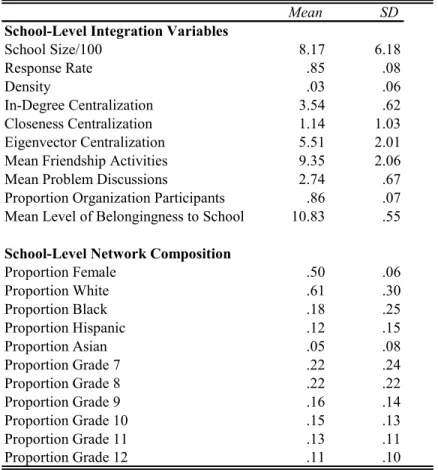
DISCUSSION
Throughout this dissertation, I interpreted the relationship I observed between social integration and mental health as the effect of the former on the latter. However, there are some reasons to believe that mental health may affect social integration in return. These processes may explain why poor mental health results in lower rates of network integration.
The current study design did not allow me to disentangle these contrasting effects of mental health problems on social integration. There were two groups of adolescents who showed different patterns of network composition and mental health outcomes. The stability of the socio-demographic distribution of social integration across life stages has another implication for how we interpret the relationship between social integration and adult mental health.
However, the distributions of social integration and mental health and the relationships between the two variables may vary across subcategories. First, the effects of social integration on mental health appear to be smaller among youth than those reported in adult studies. These fundamental differences in social environments will be important for understanding how social integration affects mental health for the two age groups.
However, the relationship between integration and mental health is very weak, and it is unlikely that social integration will have visible consequences for mental functioning in everyday life. Lesbian, Gay, and Bisexual Youth in Community Settings: Personal Challenges and Mental Health Problems." American Journal of Community Psychology 21:421-448. Mental Health and the Interpersonal Environment: Reexamining Some Effects of Social Structure and Mental Health." American Sociological Review 48:188-198.
58–78 in Handbook of the Study of Mental Health: Social Contexts, Theories, and Systems, edited by A. 241–258 in Handbook of the Study of Mental Health: Social Contexts, Theories, and Systems, edited by A. Maltreatment, Neighborhood Impacts, and Mental Health in the Detroit metropolitan area.” Journal of Health and Social Behavior 41:314-332.
Friendship Integration and Adolescent Mental Health: A Three-Component Model of Social Integration.” Presented at the Annual Meetings of the American Sociological Association, Anaheim, CA. Parental Control and Adolescent Mental Health: Testing the Social Integration Hypothesis.” Presented at the Users' Workshop for the National Longitudinal Study of Adolescent Health, Washington, DC.
